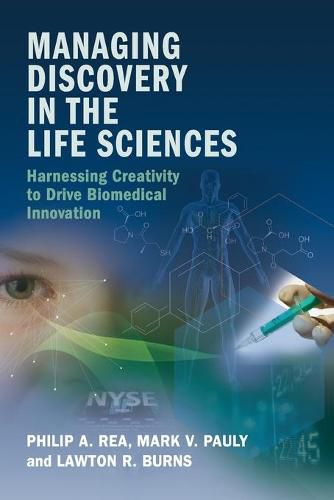Readings Newsletter
Become a Readings Member to make your shopping experience even easier.
Sign in or sign up for free!
You’re not far away from qualifying for FREE standard shipping within Australia
You’ve qualified for FREE standard shipping within Australia
The cart is loading…






In this book, distinguished scholars Philip A. Rea, Mark V. Pauly, and Lawton R. Burns explore the science and management behind marketable biomedical innovations. They look at how the science actually played out through the interplay of personalities, the cultures within and between academic and corporate entities, and the significance of serendipity not as a mysterious phenomenon but one intrinsic to the successes and failures of the experimental approach. With newly aggregated data and case studies, they consider the fundamental economic underpinnings of investor-driven discovery management, not as an obstacle or deficiency as its critics would contend or as something beyond reproach as some of its proponents might claim, but as the only means by which scientists and managers can navigate the unknowable to discover new products and decide how to sell them so as to maximize the likelihood of establishing a sustainable pipeline for still more marketable biomedical innovations.
$9.00 standard shipping within Australia
FREE standard shipping within Australia for orders over $100.00
Express & International shipping calculated at checkout
In this book, distinguished scholars Philip A. Rea, Mark V. Pauly, and Lawton R. Burns explore the science and management behind marketable biomedical innovations. They look at how the science actually played out through the interplay of personalities, the cultures within and between academic and corporate entities, and the significance of serendipity not as a mysterious phenomenon but one intrinsic to the successes and failures of the experimental approach. With newly aggregated data and case studies, they consider the fundamental economic underpinnings of investor-driven discovery management, not as an obstacle or deficiency as its critics would contend or as something beyond reproach as some of its proponents might claim, but as the only means by which scientists and managers can navigate the unknowable to discover new products and decide how to sell them so as to maximize the likelihood of establishing a sustainable pipeline for still more marketable biomedical innovations.